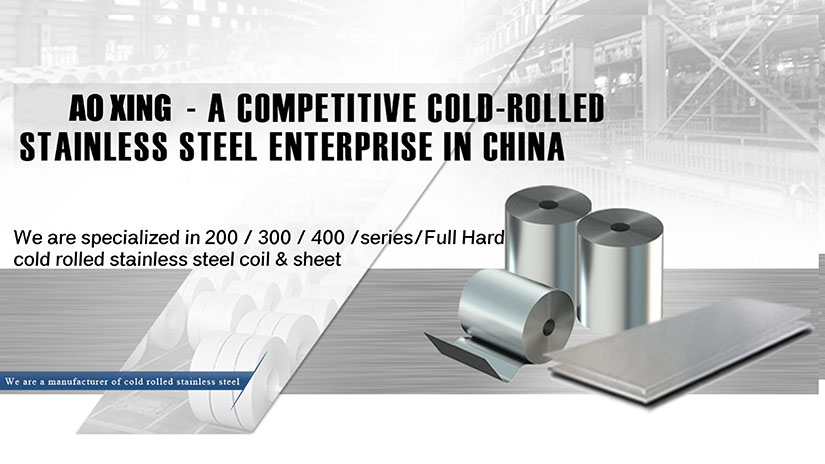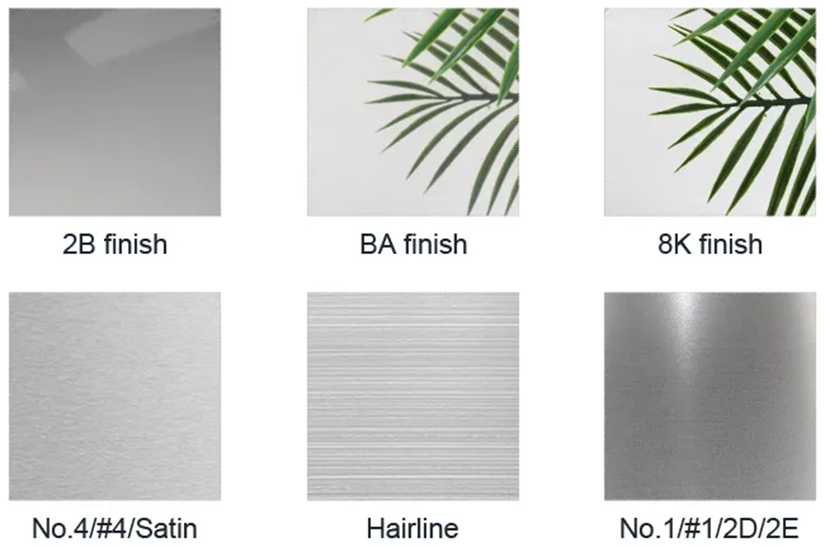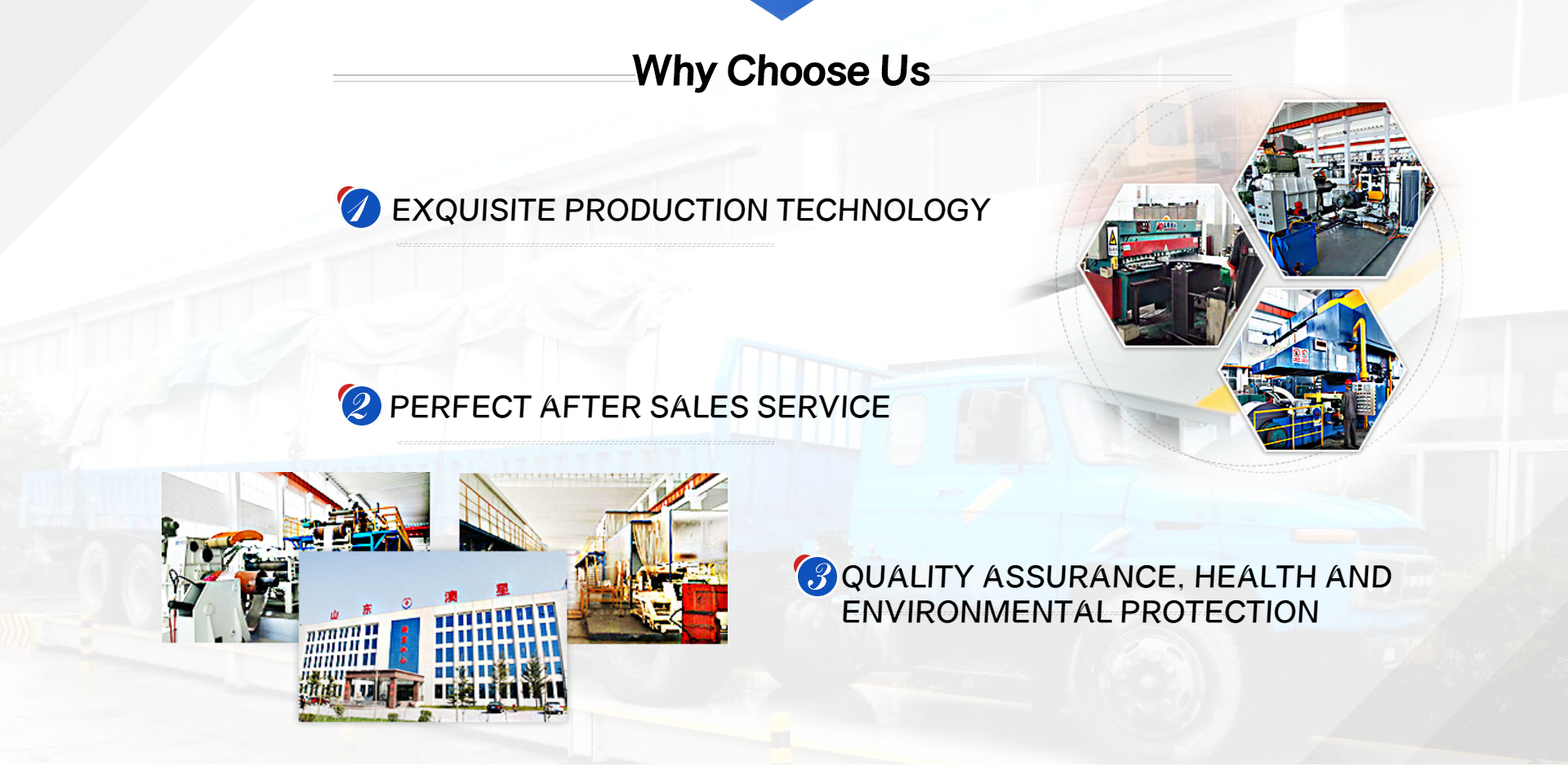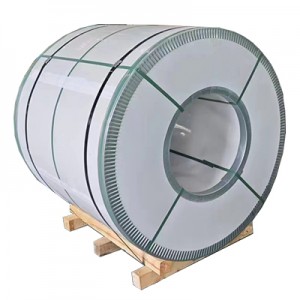321 Stainless Steel Strip

What is 321 Stainless Steel Strip?

321 stainless steel is an austenitic nickel-chromium-titanium alloy celebrated for its outstanding wear and high-temperature resistance, along with superior creep strength. This alloy delivers robust performance across a range of concentrations and temperatures for both organic and inorganic acids, excelling particularly in oxidizing environments. Unlike 316L, 321 stainless steel is distinguished by its enhanced heat resistance. While it shares similarities with 304 stainless steel, the addition of titanium provides improved high-temperature durability and intergranular corrosion resistance. This composition helps prevent chromium carbide formation, ensuring reliability in various demanding applications.
Features of 321 Stainless Steel Strip
Features of 321 Stainless Steel Strip
High-Temperature Resistance: Excellent performance in high-temperature environments, typically ranging from 430℃ to 900℃ (800°F to 1650°F), due to the addition of titanium which stabilizes the material.
Corrosion Resistance: Strong resistance to oxidation and various forms of corrosion, especially intergranular corrosion, which is critical when the material is exposed to high temperatures.
Wear Resistance: Good wear resistance, enhancing its durability in environments where friction and mechanical wear are factors.
321 Stainless Steel Chemical Composition & Technical Data Sheet
321 Stainless Steel Standards Comparison
| STS | USA | UNS | CHINA | EURONORM | RUSSIA | SWEDISH | JAPANESE | |
| GRADE | AISI/ASTM | NO | GB | NO | NAME | GOST | SS | JIS |
| 321 | 321 | S32100 | 0Cr18Ni10Ti | 1.4541 | X6CrNiTi18-10 | 12X18H10T | X6CrNiTi18-10 | SUS 321 |
321 Stainless Steel Chemical Composition
| Grade | Standard | Chemical Composition(%) | ||||||||
| C | Si | Mn | P | S | Cr | Ni | Ti | N | ||
| 321 | ASTM A240 | ≤0.08 | ≤0.75 | ≤2.00 | ≤0.045 | ≤0.030 | 17.00~19.00 | 9.00~12.00 | 5*(C%+N%)~0.70 | ≤0.10 |
321 Stainless Steel Mechanical Properties
| Grade | Standard | Tensile Test | Hardness Test | |||
| 0.2% Y.S(Mpa) | T.S(Mpa) | Elongation(%) | Hardness | HRB | ||
| 321 | ASTM | ≥205 | ≥515 | ≥40 | Annealed | ≤95 |
321 Stainless Steel Finish & Application

321 Stainless Steel Strip: Finish & Applications
The versatile 321 stainless steel strip is suitable for various applications, each tailored by the specific surface finish it bears:
BA Finish: Utilized in building construction, kitchenware, and electrical appliances.
2B Finish: Ideal for food processing equipment and medical instruments.
No. 3 Finish: Applied in building construction and kitchen utensils.
No. 4 Finish: Commonly used in medical devices and household utensils.
HL Finish: Chosen for construction equipment.
No. 1 Finish: Suitable for pipelines and chemical storage tanks.
321 Stainless Steel Strip Package & Loading Details


Why Choose Us?

We are the cold-rolled stainless steel coil production base in China with 200,000 tons capacity annually.
1. Guaranteed Stock Availability: Experiencing stock shortages during crucial times can hinder your projects. Our robust inventory management ensures a consistent supply, ready to dispatch large quantities swiftly, keeping your operations smooth and uninterrupted.
2. Comprehensive Range of Specifications: Finding the exact stainless steel coil specifications can be challenging. We offer a diverse range of specs, ensuring you find precisely what your project demands, with the assurance of our commitment to meeting your specific needs.
3. Customized Material Processing: Custom processing needs can be demanding. Our advanced facilities provide tailored solutions, from precise dimension alterations to specific finish treatments, ensuring your requirements are met with utmost precision.
4. Accurate Shearing Services: Precision is key in stainless steel utilization, and our expert shearing services guarantee exactness in every cut, aligning perfectly with your specifications and quality expectations.
5. Cost-effectiveness is crucial in supplier selection. Our optimized procurement and cost-efficient processes ensure you receive not just premium-quality products but also the best prices, offering exceptional value for your investment.

321 Stainless Steel Strip FAQ
Q: What is 321 stainless steel strip used for?
A: Its enhanced corrosion resistance, particularly against intergranular corrosion, makes it suitable for applications in mildly corrosive environments
Q: Is 321 stainless steel strip magnetic?
A:No, 321 stainless steel strip is generally considered non-magnetic in its annealed condition. Like other austenitic stainless steels, 321 stainless steel has a face-centered cubic (FCC) crystal structure, which typically exhibits low magnetic permeability.
Q: What are the mechanical properties of 321 stainless steel strip?
A: The mechanical properties of 321 stainless steel strip make it suitable for applications requiring good strength and resistance to high temperatures and corrosion.
Q: Can 321 stainless steel strip be used in high-temperature environments?
A: Yes,321 stainless steel strip is well-suited for use in high-temperature environments. It is specifically designed to handle temperatures ranging from approximately 430℃ to 900℃ (800°F to 1650°F).
Q: How to choose a 321 stainless steel supplier?
A: Selecting a supplier for 321 stainless steel strip involves a series of steps to ensure quality and reliability:
Research Suppliers: Utilize online resources to identify reputable suppliers specializing in stainless steel, focusing on those with a strong industry presence and positive reviews.
Engage with Suppliers: Contact the suppliers to discuss their 321 stainless steel strip offerings, including specifications, pricing, and availability. Consider requesting samples for quality assessment.
Assess Credibility: Evaluate the suppliers' credibility by reviewing their business credentials, certifications, and customer feedback, ensuring they adhere to industry standards and best practices.
Compare Quotations: Solicit and compare quotes from various suppliers, clarifying your specific needs such as quantity, specifications, and delivery details to make an informed decision.
Verify Quality Assurance: Investigate the suppliers' quality control processes and request relevant test reports or certifications to confirm the coils meet your required standards.
Negotiate Terms: Discuss and negotiate key terms, including pricing, delivery, and payment conditions, ensuring they align with your requirements.
Order Placement: Finalize the purchase by confirming the order details, such as the coil specifications, quantities, and agreed terms.
Arrange Payment: Agree on a secure payment method that suits both parties, ensuring all financial terms are clear and documented.
Coordinate Shipping: Organize the logistics, including packaging, shipping, and customs clearance, to ensure the coils are delivered as expected.
Inspect Upon Arrival: Upon receiving the coils, inspect the shipment for quality and accuracy, addressing any discrepancies with the supplier immediately.





